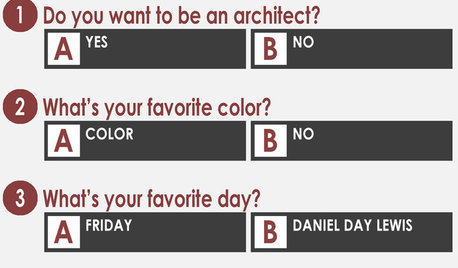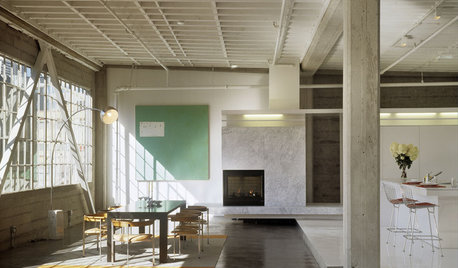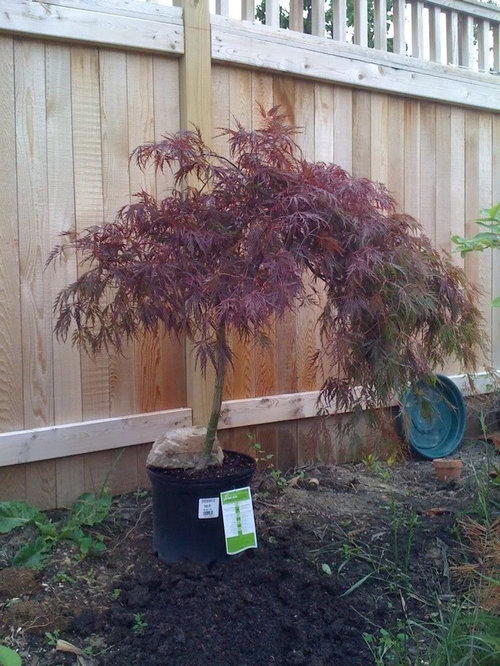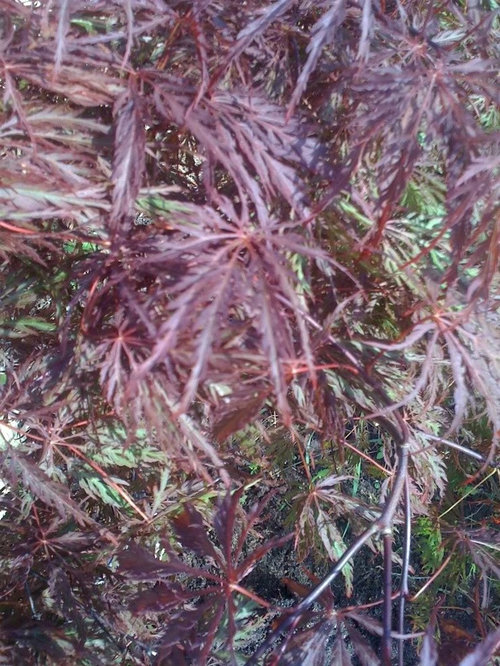Tree ID / questions.
NoVaPlantGuy_Z7b_8a
12 years ago
Related Stories

KITCHEN DESIGN9 Questions to Ask When Planning a Kitchen Pantry
Avoid blunders and get the storage space and layout you need by asking these questions before you begin
Full Story
EXTERIORSCurb Appeal Feeling a Little Off? Some Questions to Consider
Color, scale, proportion, trim ... 14 things to think about if your exterior is bugging you
Full Story
REMODELING GUIDESConsidering a Fixer-Upper? 15 Questions to Ask First
Learn about the hidden costs and treasures of older homes to avoid budget surprises and accidentally tossing valuable features
Full Story
GREEN DECORATING8 Questions to Help You See Through Green Hype
With the ecofriendly bandwagon picking up some dubious passengers, here's how to tell truly green products and services from the imposters
Full Story
FEEL-GOOD HOMEThe Question That Can Make You Love Your Home More
Change your relationship with your house for the better by focusing on the answer to something designers often ask
Full Story
ORGANIZING4 Questions to Help You Organize Your Favorite Photos
Organize your keeper photos with a system that's just right for you, whether it's in the cloud or you can hold it in your hand
Full Story
GARDENING GUIDESNo-Regret Plants: 5 Questions Smart Shoppers Ask
Quit wasting money and time at the garden center. This checklist will ensure that the plants you're eyeing will stick around in your yard
Full Story
COFFEE WITH AN ARCHITECTA Quiz for Architects in Question
Should you trade in your T-square for a barista tray? Answer a few simple questions to find out
Full Story
LIGHTING5 Questions to Ask for the Best Room Lighting
Get your overhead, task and accent lighting right for decorative beauty, less eyestrain and a focus exactly where you want
Full Story
More Discussions








gardengal48 (PNW Z8/9)
NoVaPlantGuy_Z7b_8aOriginal Author
Related Professionals
Cary Landscape Architects & Landscape Designers · Salem Landscape Architects & Landscape Designers · South Elgin Landscape Architects & Landscape Designers · Salem Landscape Contractors · Dunwoody Landscape Contractors · Fair Oaks Landscape Contractors · Lady Lake Landscape Contractors · Overland Park Landscape Contractors · Palatine Landscape Contractors · Panama City Beach Landscape Contractors · Pueblo West Landscape Contractors · Crowley Fence Contractors · Dundalk Fence Contractors · Lake Jackson Fence Contractors · Ventura Fence Contractorskaitain4
NoVaPlantGuy_Z7b_8aOriginal Author
mafle
gardengal48 (PNW Z8/9)
Embothrium